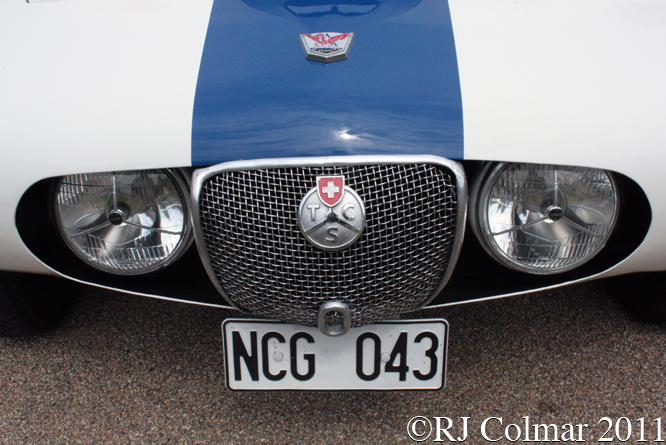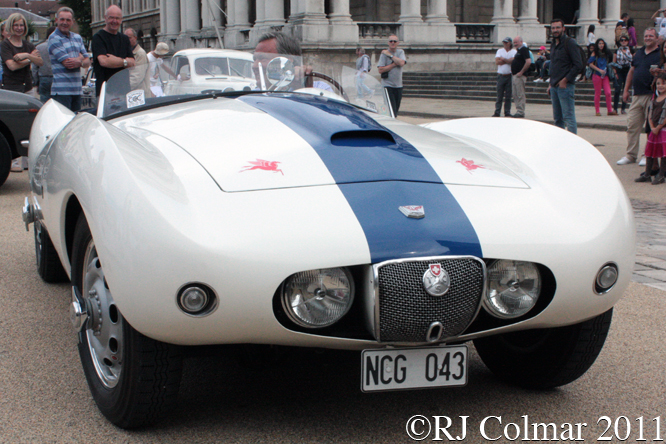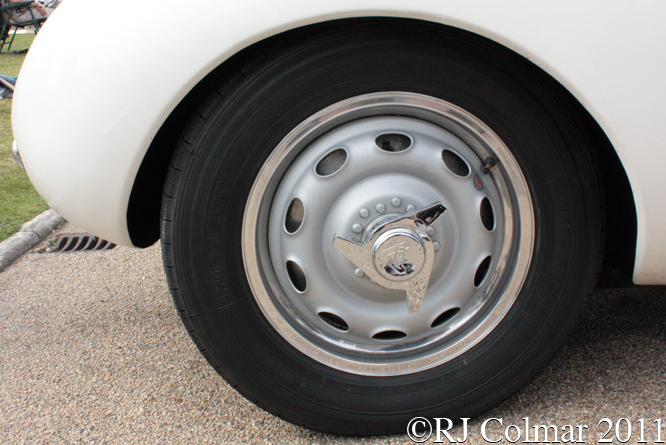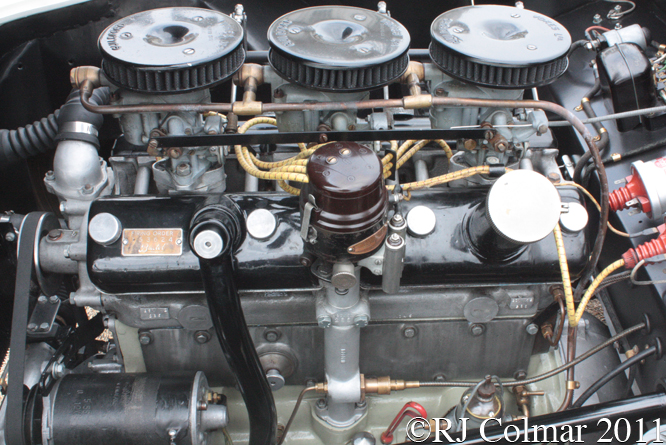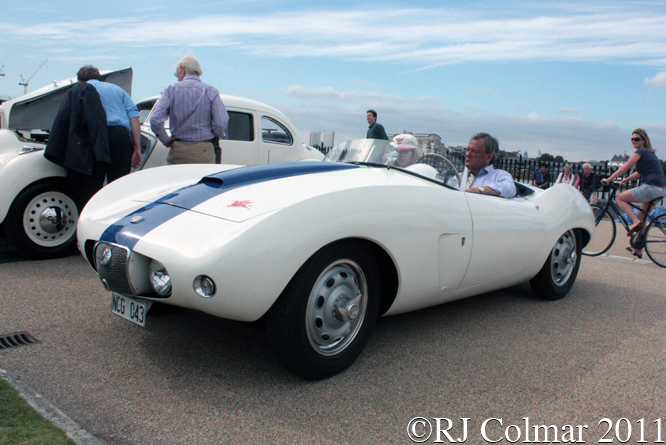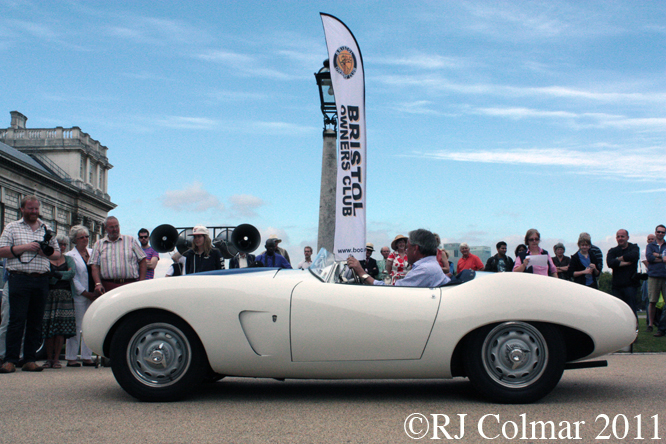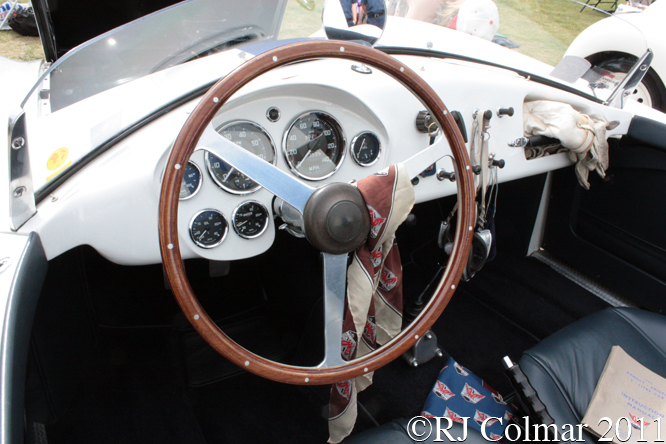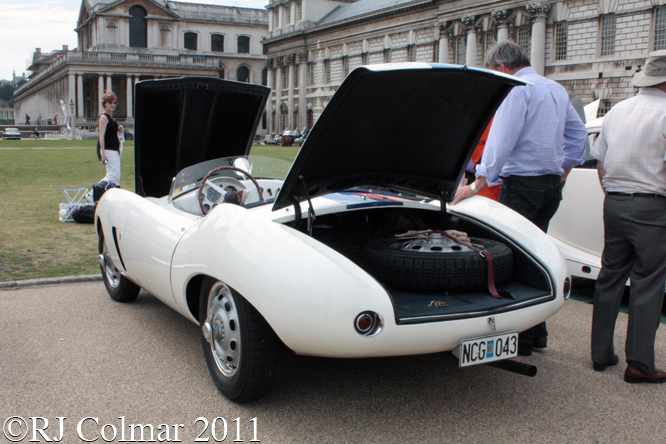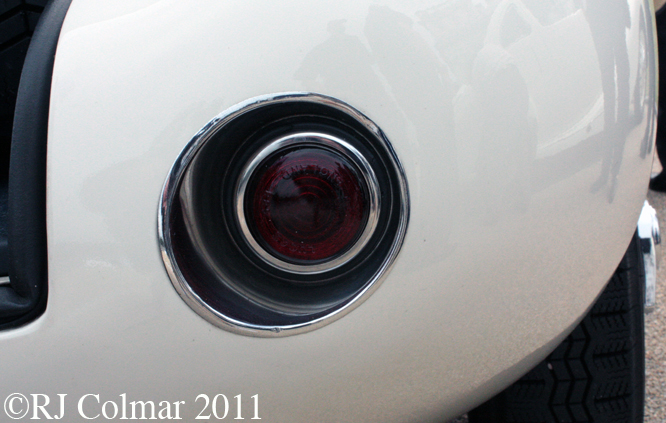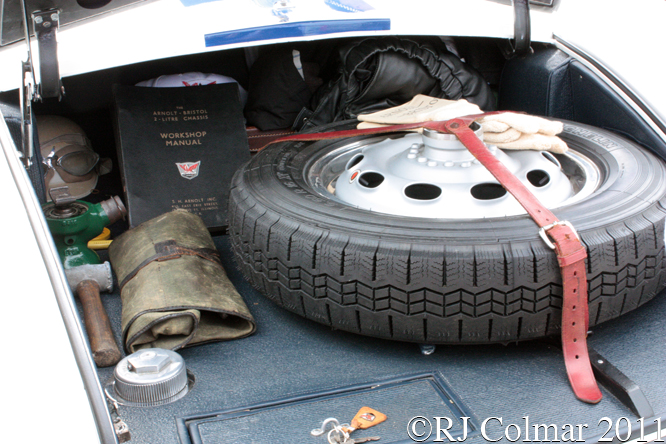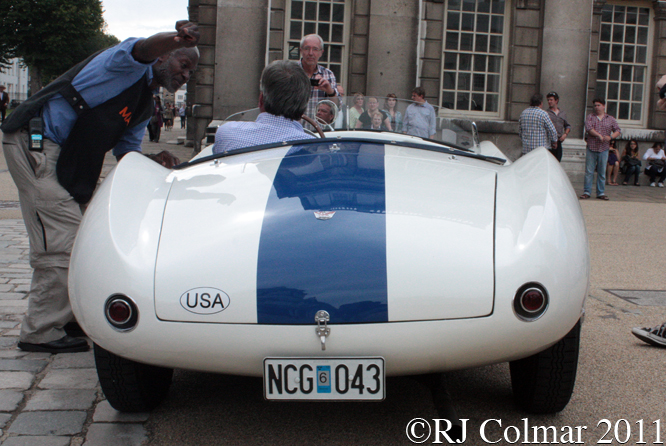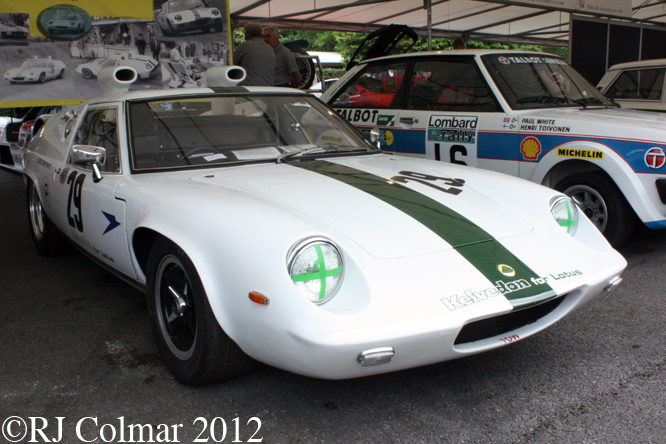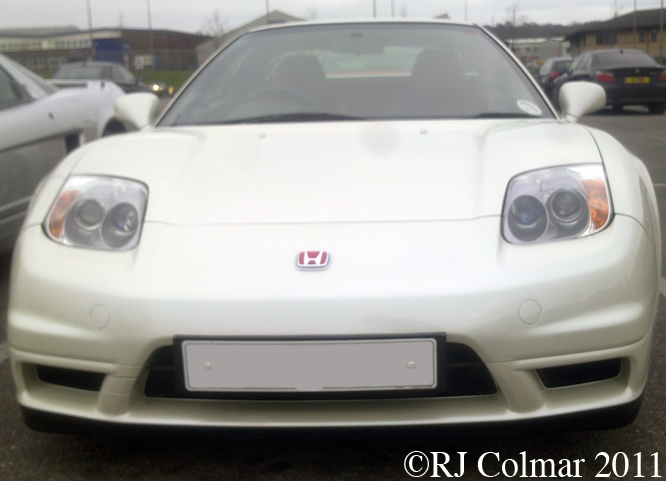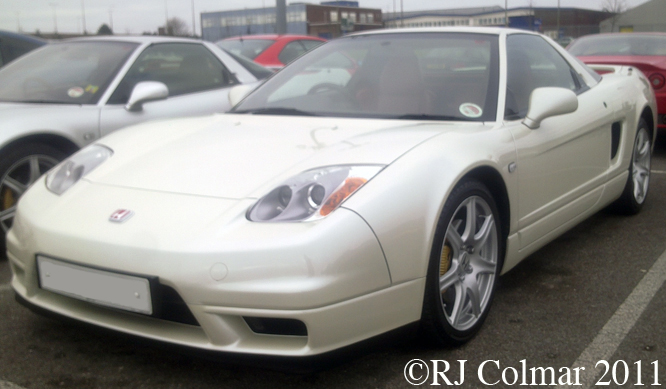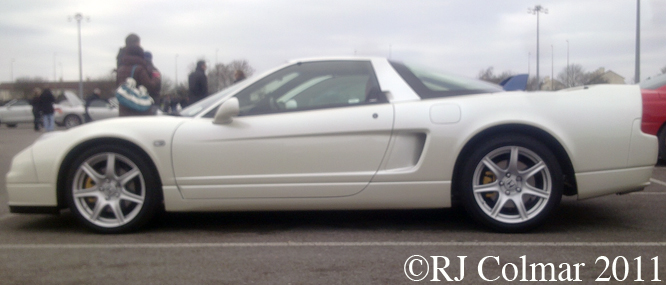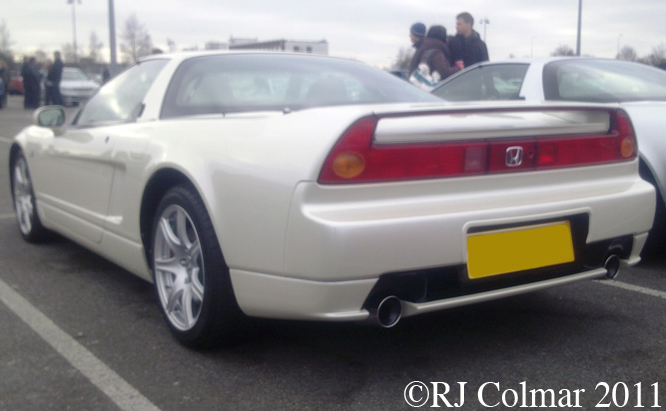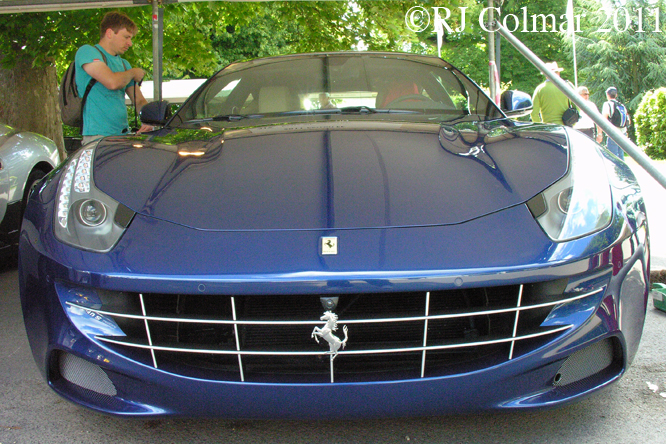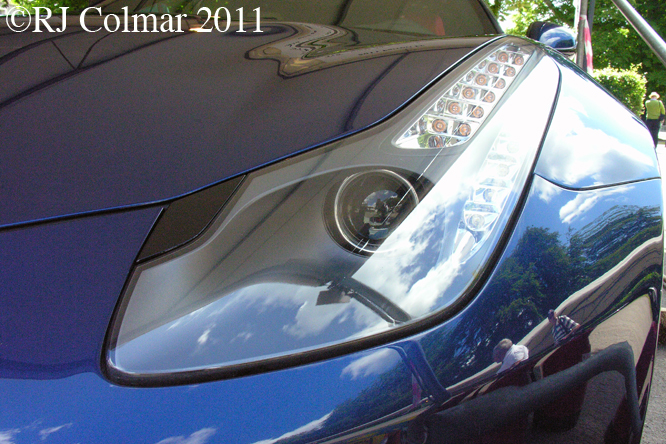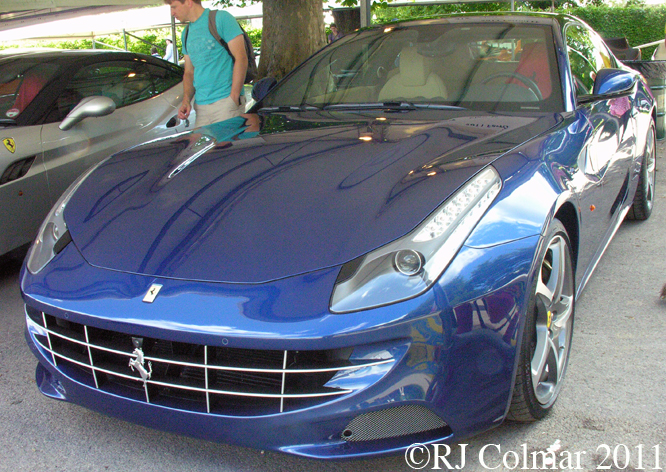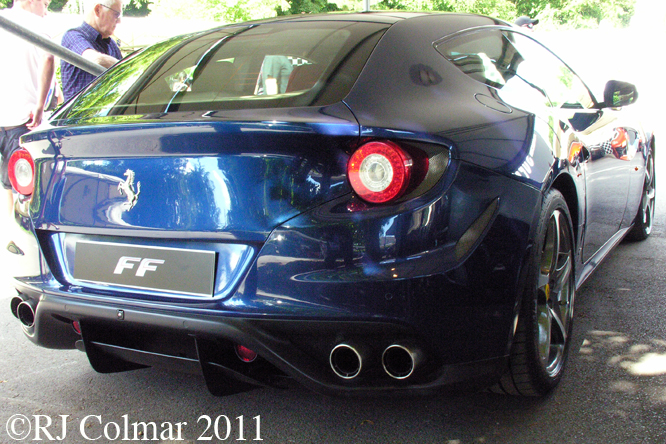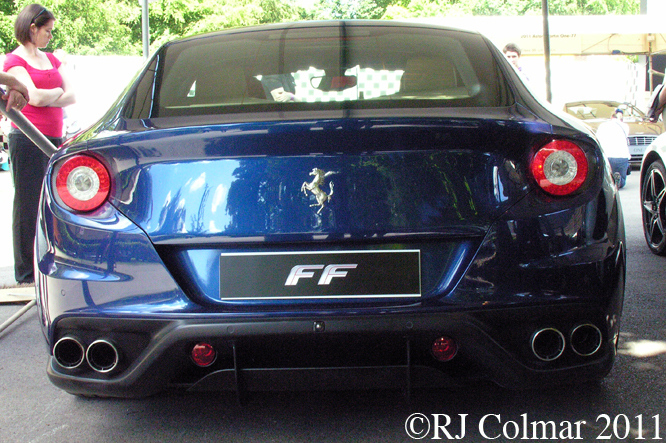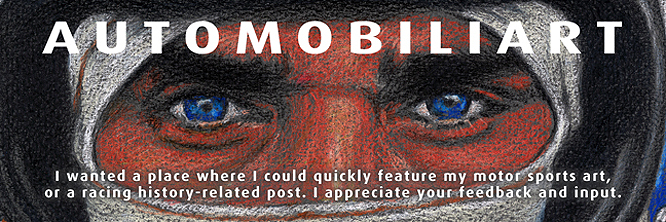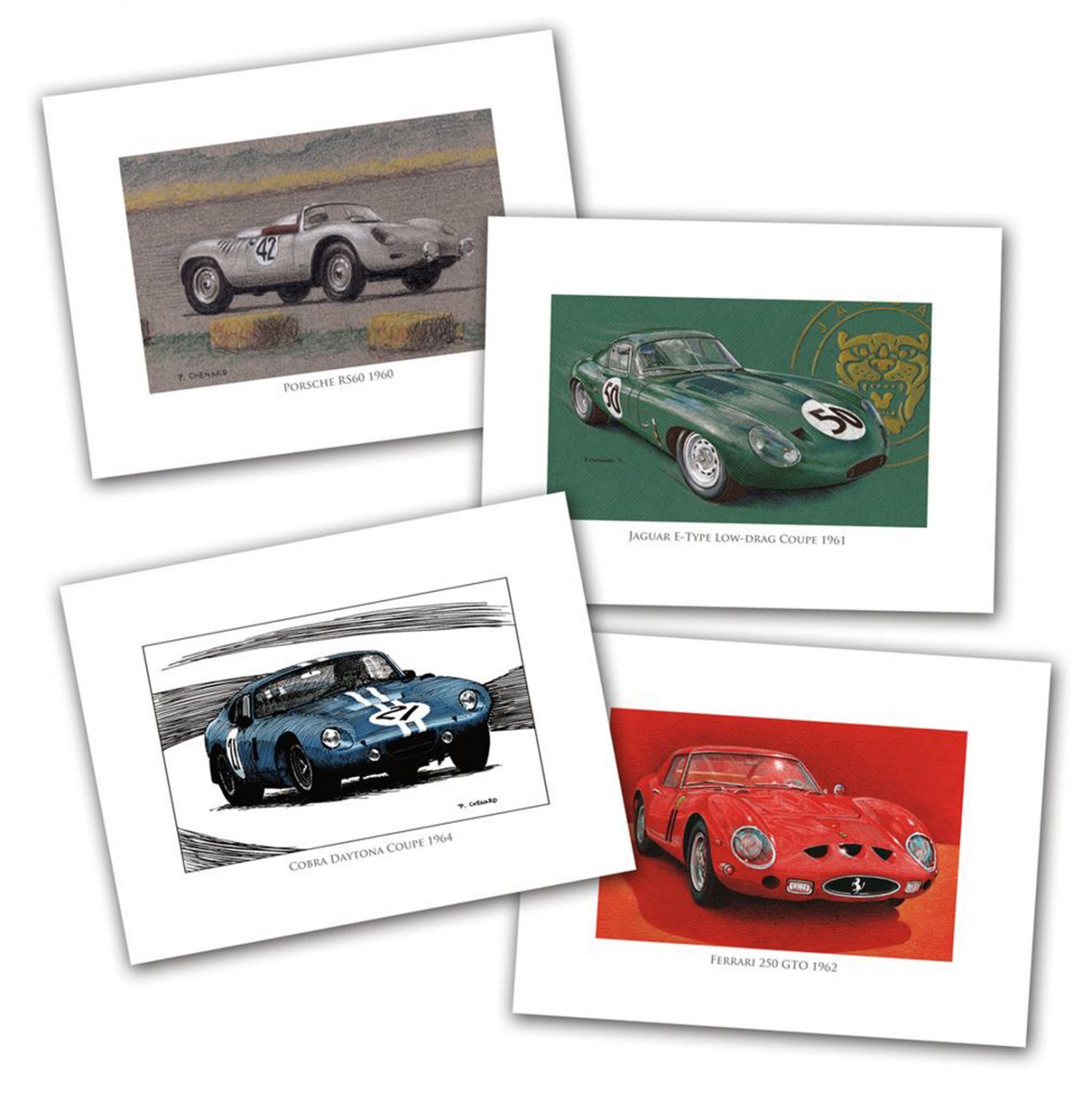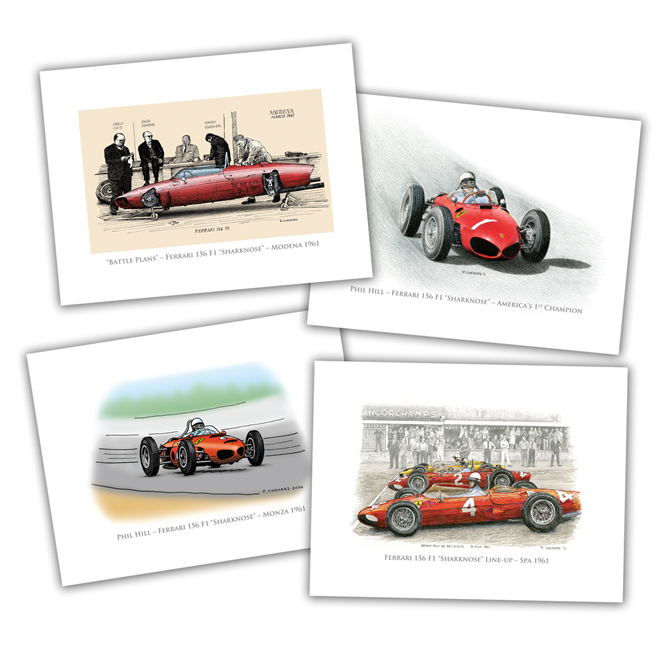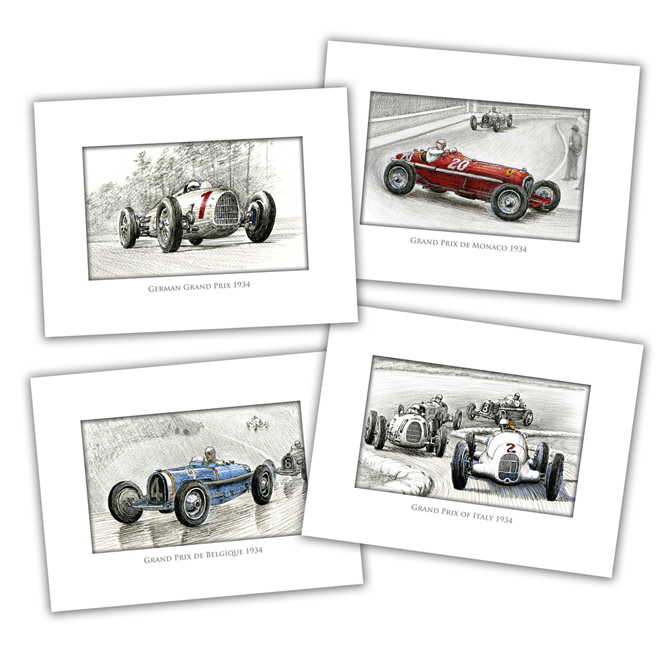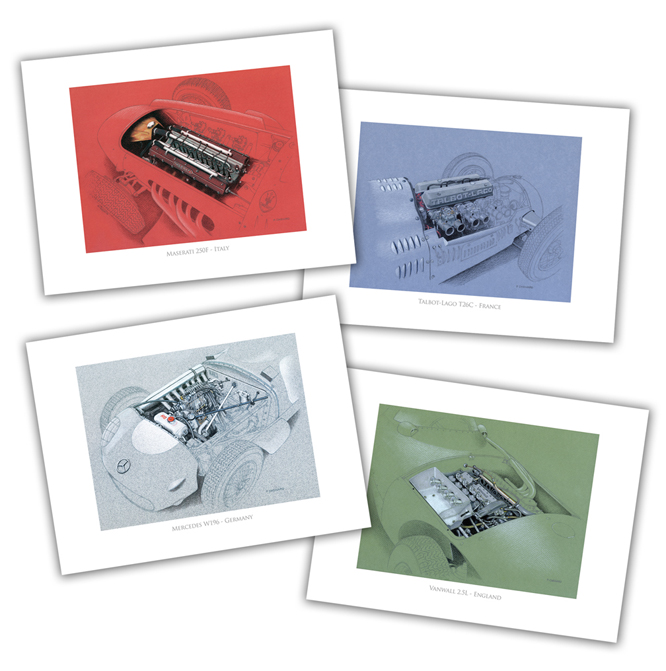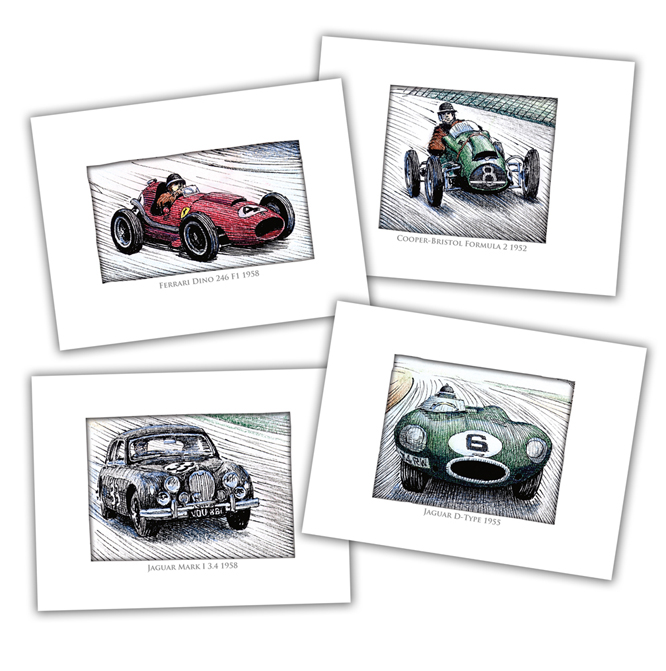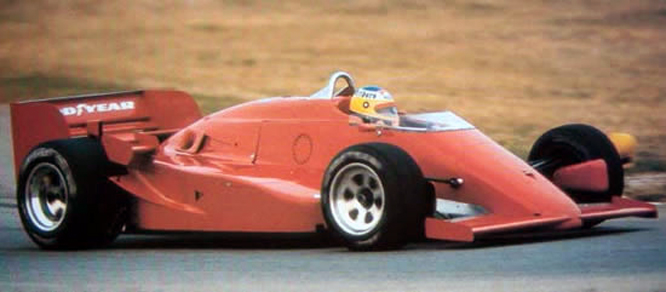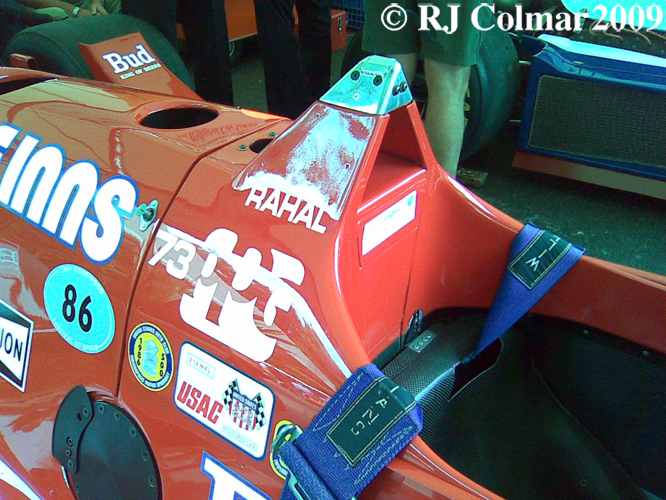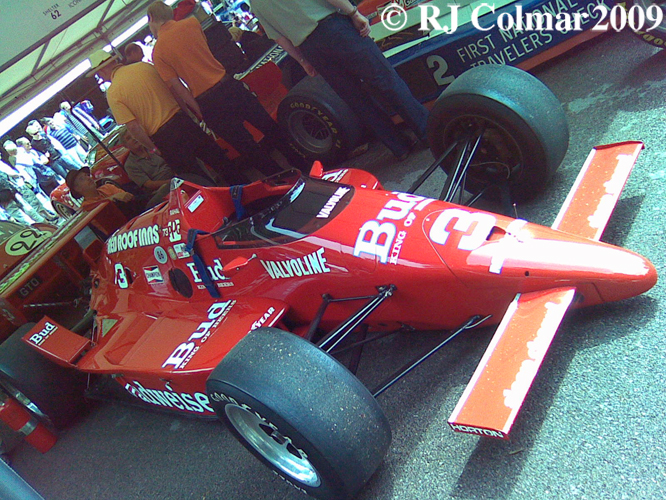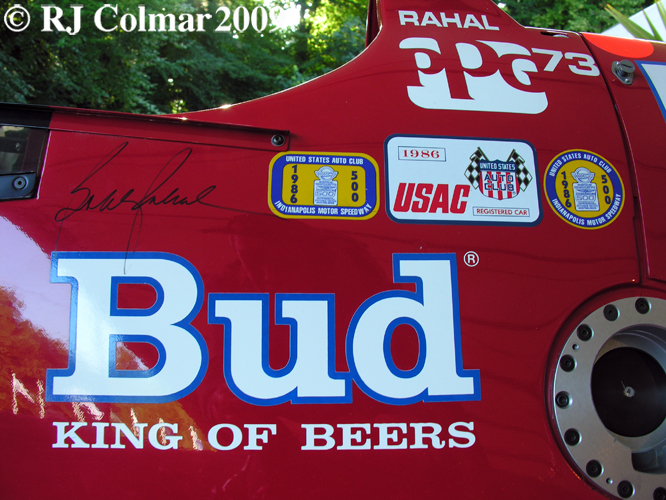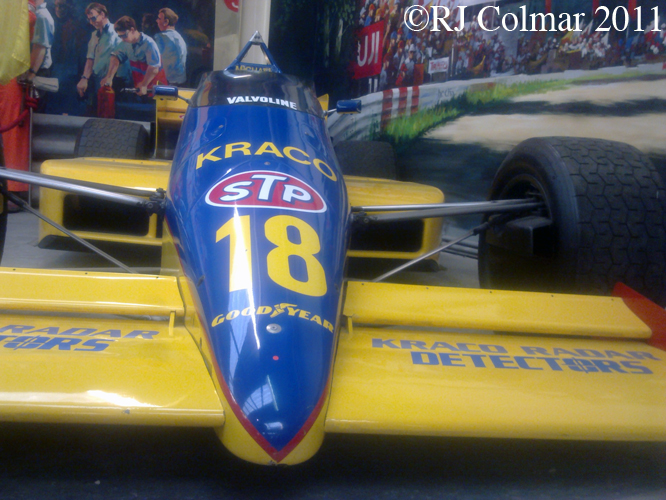It is quite perverse to try and write a comprehensive story about today’s featured Porsche 935 chassis #009 00030 which took part in 6 Daytona and 4 Le Mans 24 hour races, winning the former with Bob Garretson, Bobby Rahal and Brian Redman at the wheel in 1981 and hitting headlines around the world when Rolf Stommelen, Dick Barbour and a certain Paul Newman drove the car to a second place finish at Le Mans in 1979 in a single blog, so I will focus on some of the cars highlights, owners and star drivers for now.
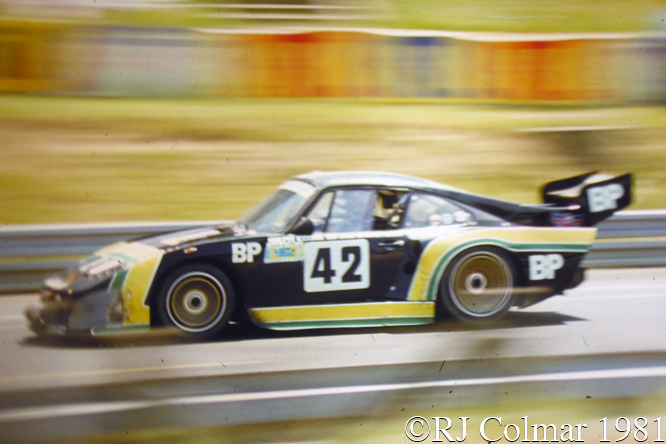
Rolf, Dick and Paul proved their result at Le Mans was no fluke when they finished second on the cars second appearance in the ’79 Watkins Glen 6 Hour race.
French driver Anny-Charlotte Verney shared #009 00030 for the first timeApple, on it’s final appearance carrying customer Porsche 935/77A bodywork, with Bob Garretson and Skeeter McKitterick for a 9th place finish in the 1980 Daytona 24 hour race.
At the Sebring 12 Hour race #009 00030 was fitted with Kremer Brothers K3 bodywork which carried sponsorship from Apple Computer and was driven to a 7th place finish by Bob, Bobby Rahal and Canadian Kees Nierop.
At Le Mans in 1980 Bob and Bobby were joined by Australian Alan Moffat to qualify 14th on the grid but piston failure led to the cars only Le Mans retirement after it had completed 134 laps.
After winning the Daytona 24 hours in 1981 the same winning Bob, Bobby and Brian trio finished 17th from 4th on the grid in the 1981 Sebring 12 Hours.
Part owner Bob Garrettson, with Ralph Kent-Wood, stepped back from the driving seat to allow Bobby and Brian to share the wheel to finish 3rd and 4th at Riverside and Laguna Seca.
The #009 00030 was then shipped to Le Mans where owners Bob and Ralph teamed up with British Petrolium (BP) sponsored Anny-Charlotte Verney to set a qualifying time of 3 min 55.150, good enough for 33rd spot on the grid.
Anny-Charlotte sharing the car for the second time with Bob and Ralph drove the car, seen above 23 hours into the race, to 6th place finish.
The car remained competitive for the remainder of the 1981 IMSA season which included a 3rd place finish with Bob, Rick Mears and Johnny Rutherford in the 1981 Watkins Glen 6 hour race.
In 1982 Bob was joined at the wheel of #009 00030 by Columbian Mauricio DeNarvaez and Jeff Wood at Daytona where they finished 3rd in the season opening 24 hours race.
Bob teamed up with Anny-Charlotte for a third time in #009 00030 for the 1982 Le Mans 24 Hours and they were joined by Ray Ratcliff for the cars final Le Mans start, from 43rd on the grid they salvaged an 11th place finish.
Wayne Baker bought #009 00030 for the 1983 season and converted it from twin turbo 935 spec to single turbo 934 spec and ran it with a loose interpretation of 934 bodywork at Daytona where he drove the car with Bob and Jim Mullen to a 9th place finish and in the 1983 Sebring 12 hours where Kees replace Bob and with Wayne and Jim scored the cars second and final outright victory.
At the end of 1983 #009 00030 was returned to full twin turbo 935 K3 spec and on it’s fifth appearance in the Daytona 24 hours was driven by Wayne, Jim and Tom Blackaller to a 5th place finish from 12th on the grid, from the same position on the grid at Sebring the same trio finished a season high 4th.
#009 00030’s final appearance in the Daytona 24 hours was in 1985 when Jack Newsum, Chip Mead and Ren Tilton joined Wayne for a 9th place finish from 28th on the grid.
Midway through 1985 Chester Vincentz bought the car and converted it back to single turbo 934 spec and ran it IMSA GTO events with a 934 type body in 1985 and a hybrid 935 body in 1986 and ’87 as a 930 S.
On the October 4th 1987Chester drove #009 00030 to a 12th place finish from 12th on the grid on the cars 72nd and final known in period appearance.
Thanks for joining me on this Anny-Charlotte, Bob and Ralph edition of “Gettin’ a li’l psycho on tyres” I hope you will join me again tomorrow when Ferrari Friday will be making a month long return. Don’t forget to come back now !


